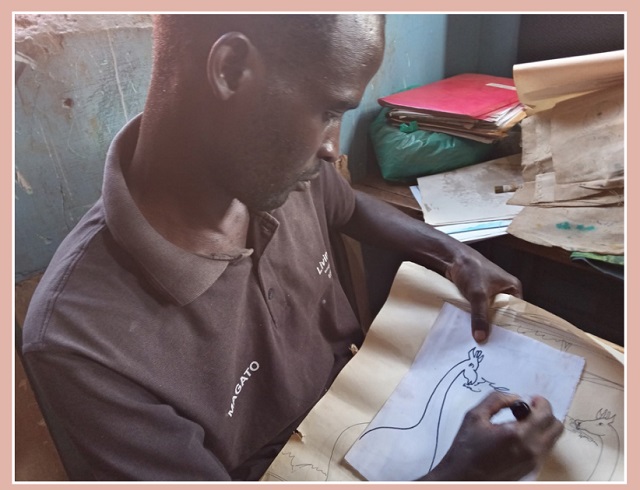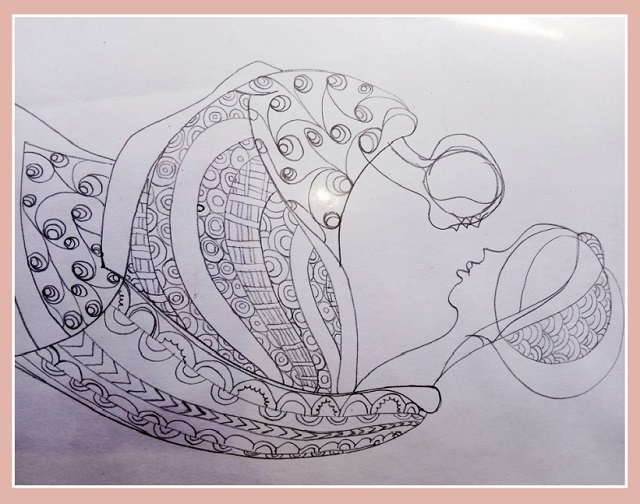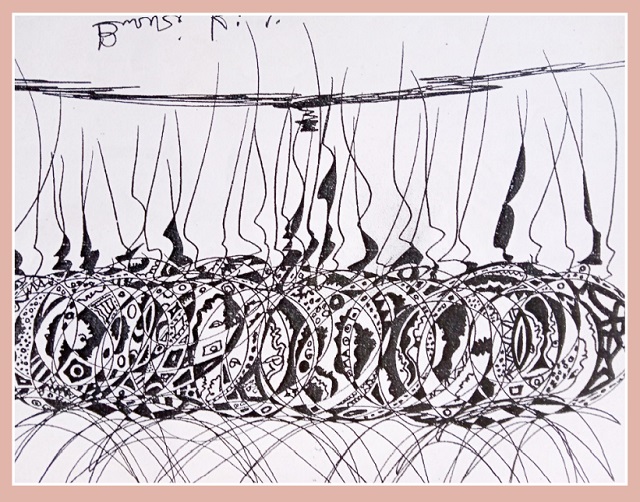
Retrospection on impact on local art appreciation
Kampala, Uganda | DOMINIC MUWANGUZI | You have probably seen this type of art in craft shops. Often there is a dry savannah with wildlife imagery in form of elephant, giraffe or lion. On other occasions, it will be abstract human figures in dance performances or market sceneries. In all of them, the dominant colours are red, yellow and green; the primary colours of African heritage. Equally, this art form touches on light themes like market scenes and rural homesteads.
This is Batik; an art form that has become loosely described as African art. It has also been branded as craft because it can be produced on a large scale with several copies reproduced from a single original composition.
Today, the local market is largely saturated with artists from Kenya-where the art form is said to have arrived at the same time as in Uganda, Tanzania, and Congo. The Congolese artists are more original, combining Batik with tie and dye. Buyers usually opt for something unique, fresh and original.
 Batik art has had ups and down but for artists like Buzizi, it created a new world in which other art forms like painting, sculpture and installation could be explored in a commercialised context. These artists produce what sells. But most importantly, the genre is credited for making art accessible to Ugandans of all social backgrounds. As Nuwa Wamala Nnyanzi; another seasoned Batik artist often says, his biggest clients range from corporate or to ordinary.
Batik art has had ups and down but for artists like Buzizi, it created a new world in which other art forms like painting, sculpture and installation could be explored in a commercialised context. These artists produce what sells. But most importantly, the genre is credited for making art accessible to Ugandans of all social backgrounds. As Nuwa Wamala Nnyanzi; another seasoned Batik artist often says, his biggest clients range from corporate or to ordinary.
Batik art, with its origin traced to Indonesia, gained prominence in Uganda in the 1980s when artists embraced it as an alternative to modernist art which had become difficult. Supply of materials was impossible as a result of the economic slumber the country was plunged into not to mention that Batik art is usually devoid of political overtones that could jeopardise one’s existence as an artists at the time.
Batik thrived partly because the craft was easy to learn. Many artists learned through traditional apprenticeship. The inexpensive wax, primary colours that could easily mix into a multiplicity of textures on canvas, and a lucrative market from tourists attracted more artists to batik in the mid-1990s throughout the early 2000s. This surge gave birth to spaces like Craft Village at the National Theatre and Exposure Africa on Buganda Road; two spots close tourists and expatriate hangouts, says Rogers Buzizi; a seasoned Batik artist.
 Buzizi studied fine art at Makerere Art School and his mentor, Richard Mayanja taught many youths batik because of his studio proficiency in drawing.
Buzizi studied fine art at Makerere Art School and his mentor, Richard Mayanja taught many youths batik because of his studio proficiency in drawing.
“Batik requires quick sketches on canvas and if you’re not skilled in drawing, the art form will train you to do so,” Buzizi explains.
The idea behind quick sketches is to produce as many compositions as possible in the shortest time to earn more. Considering the huge profits earned in the business, especially on the part of one buying in bulk and selling at a retail price, there emerged middle men in the trade.
****
Sketches are by Rogers Buzizi
 The Independent Uganda: You get the Truth we Pay the Price
The Independent Uganda: You get the Truth we Pay the Price


